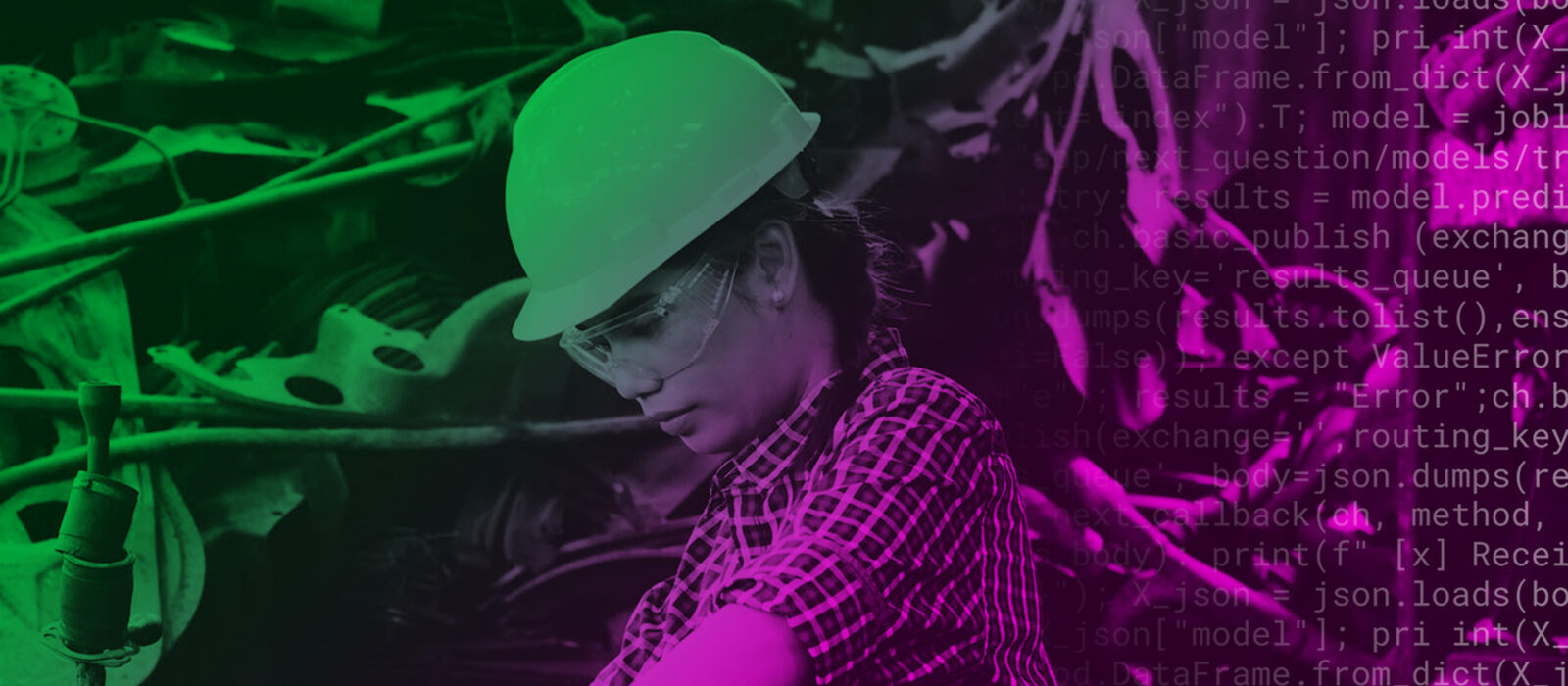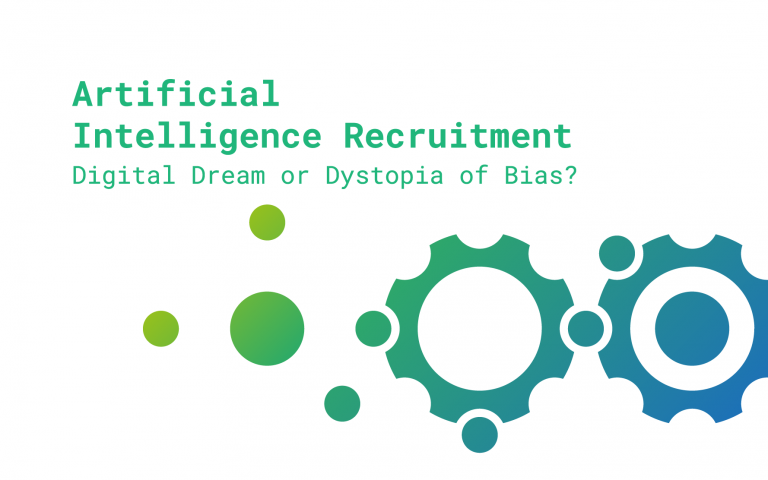We have a moment to establish new norms with new technology that brings more equality— instead of enshrining inequality and systemic bias into the systems of our future.
Foreword
We face newly significant global challenges exposed by the COVID-19 pandemic. The Fourth Industrial Revolution, Artificial Intelligence and Automated Decision-Making in machine learning offer new opportunities for achieving gender equality. This is good news. However, left unchecked, unaccountable and uncorrected they also present profoundly negative consequences for the ability of women to achieve their full participation and rights in the global workforce because of the historical bias hardwired into their data and larger systems. Predictive analytics, algorithms and other forms of AI offer hope for the perennial challenges of talent acquisition, seemingly producing higher dividends, superiority in candidate quality and a presumed reduction of discrimination in hiring.
Consequently, with remote working becoming standard practice, more companies and human resource management will lean on virtual AI tools to acquire talent—ranging from algorithms that produce ads targeted to ‘ideal’ candidates; programs that screen resumés, psychometric interview tests and gamified assessments; digital interviews that interpret facial expression; analytics dashboards that support final selection decisions; and observation and ranking of employee mood before and after client calls. AI is and will continue to be ubiquitous; impacting every aspect of the employment relationship everywhere, unseen—bringing us to this critical turning point in time. Automation in recruitment is highly likely to reproduce and deepen the traditional biases reflected in existing data—data that is not only biased but incomplete because historically it has not, in general, included women. Automated recruitment /employment systems are being deployed, at a never before seen scale, and the incomplete data used to train these systems often causes them to infer that women are invisible]. Machine learning takes the missing information in the incomplete data—the invisible women—and makes the invisibility explicit in the code, mirroring the information received from the analog world and embedding it as permanent digital bias.
The exclusion of women from data gathering is far from novel. In fact, it is well documented from 20th century drug trials, international standards and global trading rules, to 21st century automated decision-making systems the default of a “standardized male” is used to form the physical framework and infrastructure of how we live and work. This is a dangerous default. We cannot afford to underestimate the urgency to find structural solutions and change course. This is particularly essential regarding the world of formal employment, as women’s ability to participate in and contribute fully to rebuilding a post COVID-19 world is critical to social harmony and prosperity. This paper follows Women at the Table’s report The Deadly Data Gap: Gender & Data. When referring to women here, as in all of our work, we are speaking of all intersections of women and girls.
It is important to note that women can serve as a proxy for all or any groups traditionally invisible and ‘other’ to the system—those traditionally both left behind and made invisible. While the focus of this report is on gender discrimination against women in all their ‘intersectionality’—i.e. the interconnected nature of social categorizations such as race, class and gender as they apply to a given individual or group, regarded as giving overlapping and interdependent systems of discrimination and disadvantage—the discussion is equally and powerfully applicable to other forms of discrimination, most notably racial discrimination.
Business as usual is no longer an option. In this time of upheaval in a world rocked by global pandemic, roiled by issues of race, gender and systemic bias, where inequities in our systems threaten our democracies, we also have an opportunity: to create an inclusive digital landscape that advances the values of equality we have long espoused. We can forge a workplace culture where we all thrive. If done right, we can use technology as an aid to our ambitions of achieving equality. We have a moment, if we seize it now, to establish new norms with new technology that brings more equality—instead of enshrining inequality and systemic bias into the systems of our future


